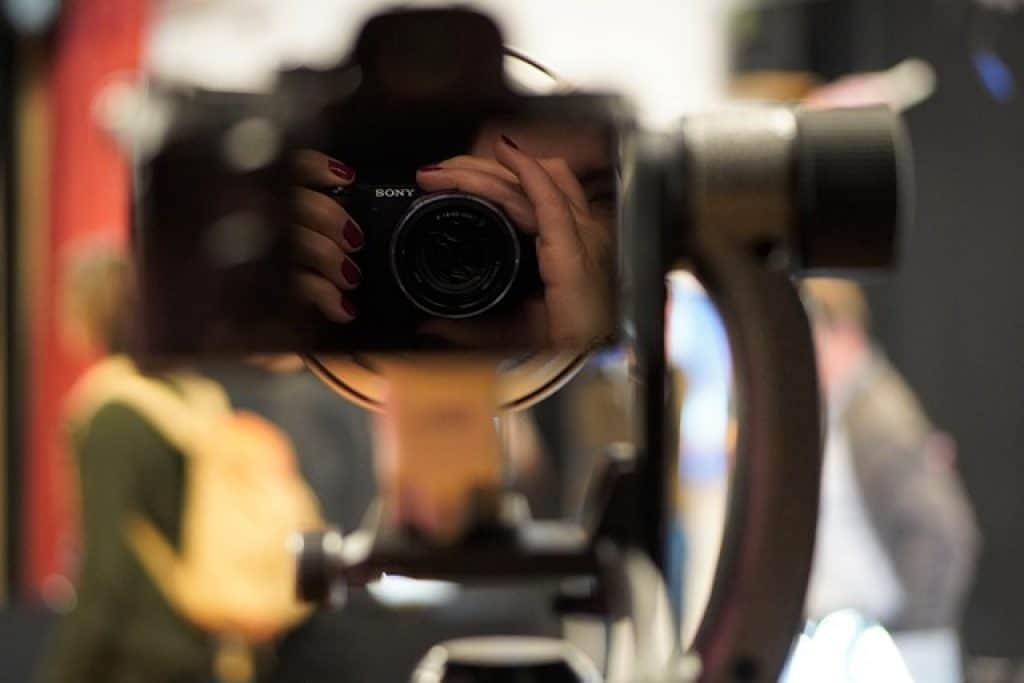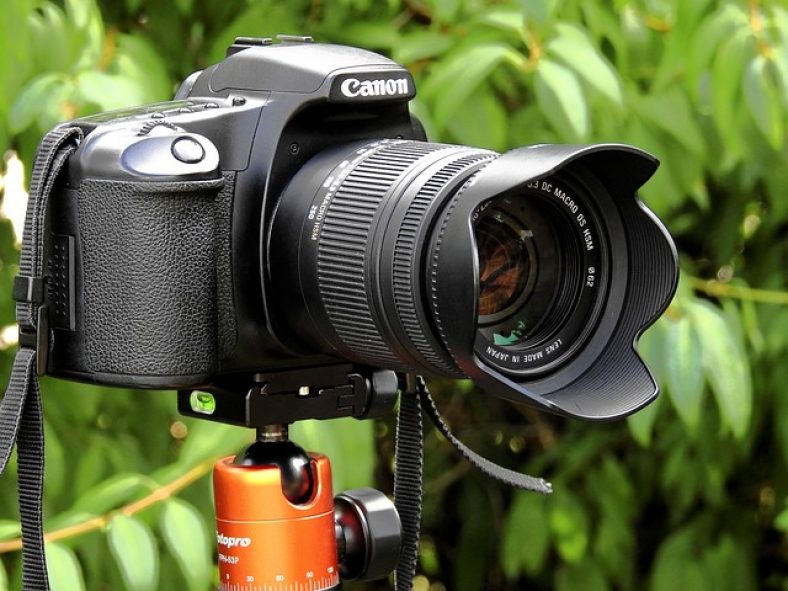A tripod is just one of those shooting devices you don’t realize you need until it’s too late. However, having one on hand is critical when you’re in a scenario where you’ll need it.
It’s a popular myth that tripods aren’t required for portrait photography or that they’re just required for landscape shots that don’t include people.
However, nothing could be further from the truth. For a portrait photographer, a tripod is indeed an absolute must-have piece of gear. You should use a tripod for portrait photography in a variety of scenarios. Here are several scenarios in which a tripod is required when shooting portraits.
Getting to Know Your Subject; Taking a Step Away From the Lens
If you’re photographing a portrait and won’t be moving around much, for instance, if you’re employing lighting and a backdrop, ensure you use a tripod.
Taking a step back from the lens provides several advantages for your portrait photography. It enables you to connect hopefully with your subject; establish trust to make them feel at ease.
You’ll be able to acquire better emotions and expressions as a result of this. You’ll also have complete freedom over their poses.
Being free of the camera allows you to adjust the lights much more easily if necessary. A tiny alteration in the angle of light can sometimes make a big difference. When your hands are free, making little adjustments becomes much easier.
Shooting in the studio while tethered
This one is perhaps more specialized. Shooting tethered involves connecting your camera to a computer and viewing the photographs on a bigger screen as you capture them. If you’re shooting with your camera linked to something, a tripod can be really useful. Even though you don’t use the tripod for all of your photographs, having it available to set your camera down somewhere stable is crucial.
Long Exposure Portraits
Enhances more interesting and innovative methods of using a tripod in portrait photography.
Long exposure photos of many of the best landscape photographs are available online. The great thing about these photographs is that any movement in the image blurs, making it appear as if something in the picture is moving.
This could take the form of water flowing down a stream, clouds moving all over the sky, and various other movements. However, if you can somehow get your subject to perfectly sit still, you can take a long-exposure portrait. However, you’ll need a tripod for this because the exposure will probably take a few seconds.
Use one of these moving elements to frame your subject. Since it can become difficult to convince a person to stay completely motionless for more than a few seconds, faster-moving parts function better.
In a portrait, you’ll get the effect of a long exposure.
Photography of HDR Portraits
HDR photography, particularly over-processed, isn’t as prominent as it once was.
If the subject’s brightness differs from that of the sky, you can still employ the HDR concept in portraiture to create portraits with more even lighting. The blending secret behind several exposures is the same as eliminating the light stand.

Composite Portraits
You can also perform a portrait composite if your camera is tightly mounted on a tripod as long as the tripod stands firmly on the ground.
Mounting your camera on a tripod once you’ve prepared your scene is one way of doing quite a bit. Take several frames, with your subject in each at a different place within the composition.
Afterward, you may combine the photographs in Photoshop to make it appear as if your subject has indeed been replicated.
If you’d like to add set decor to a wide portrait and lack enough components to cover the full set, you can achieve the same thing using objects.
Taking down A Light Stand
The greatest technique for achieving soft and beautiful light on your subject is getting your light nearer to them. However, if you’re taking a wide-angle portrait, often termed an environmental portrait, you might fail to keep the light off the frame while still getting nearer to your subject.
The answer is straightforward. Use a tripod to take your portrait. Take a single light-filled frame in the greatest possible spot to adequately light your subject. Then, without moving the camera, it eliminates the light from the photograph and shoots a replacement one. By overlaying the two shots, you’ll be able to quickly, in Photoshop, mask out all the light stands in the picture.
In conclusion, there are thousands of more ways to employ a tripod in portrait photography than these few methods. The more you shoot, the broader your imagination gets with new projects.
Related Posts:
